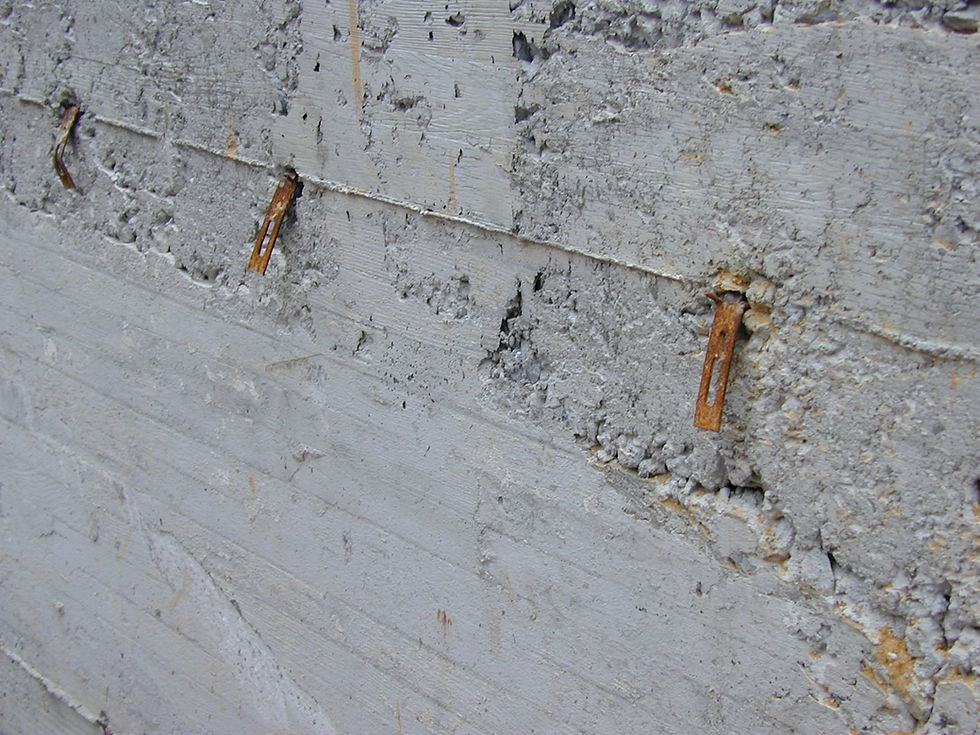WORKABILITY OF CONCRETE
- P-Concrete

- Apr 3, 2020
- 2 min read
Updated: Oct 27, 2020
There is one thing that is often underrated when it comes about fresh concrete: workability. Raise your hand if you have never seen someone at the casting spot shouting towards the truck mixer´s driver asking for “more water” in an attempt to get the needed workability.

Well this is the typical case where the designer and the construction manager “hand over” authority to the concrete workers due to design lack or superficiality in surveillance.
Almost everybody knows what the Abrams cone is for, but very few use it at the building site and even fewer knows how to use it well (about this last input, please consider reading my post “Measuring concrete workability”).
Let´s start reminding the 5 consistency or workability classes determined by the slump test:


It is vital to measure the consistency of the delivered concrete, preferably for each and every batch. The manufacturer is obliged to deliver the consistency class requested being at the same time responsible for the other performances required. Which means that every batch not responding to this requirements should be refused as non-compliant. This is a first reason to check the consistency class by means of the slump test.
A second reason is related to the final performances of the concrete. Stated that batches uniformity means structure uniformity (and this is quite important, isn´t it?!) must be added that if the concrete is too fluid in relation to what was required all the following are about to come: strength reduction, bleeding (water on the surface) which is a sign of segregation (gravel precipitation) which most likely will produce adjustment due to the lack of volume and late air expulsion, not to mention gravel display that exposes reinforcement to early decay and, last but not least, setting time extension.
All these defects are, of course, exterior defects, but, most important dramatically contribute to the structure´s durability reduction. The reinforcement will be protected by a layer of concrete that is too permeable to air and water, shrinkage will appear sooner and more deep not to mention the weakness of the concrete itself which is weakened by the increase in the w/c ratio.
There is even a third reason why the right consistency class should be checked on site. In the rare cases where the casted concrete is too stiff, meaning stiffer than what really needed, although good compaction is performed, not all the air trapped inside the volume will be expelled.
According to Phd Mario Collepardi there is a given compaction grade for each and every consistency class that tends to 1 (100%) for more fluid concrete. Of course 1 is impossible, but we can easily state: “more fluid more compact”. So if the casted concrete is stiffer than what was designed the serious risk is to have a weaker and less durable structure.
What´s the conclusion? Never underestimate the workability of concrete.
Designers, double check that what you prescribe is fitting to the specific structure, don´t trust your expertise, go on site and check how the final users are really working.
Construction managers, demand the slump test for each and every batch and refuse the non-compliant.
Concrete workers, follow closely the instruction received, you cannot decide on concrete´s workability.













Comments